Table of Contents

Ever noticed how the D2C brands crushing it right now all seem to have one thing in common? They’re not following the traditional marketing playbook.
The difference between D2C brands that scale rapidly and those that flatline often comes down to just five key marketing strategies. And surprisingly, most founders get at least three of them completely wrong.
For direct-to-consumer brands looking to cut through the noise in 2023, understanding these approaches isn’t just helpful—it’s existential. The digital landscape has never been more crowded, yet the opportunities have never been bigger.
What if you could implement these five strategies without the massive budgets the big players throw around? That’s exactly what we’re about to show you.
Building a Strong Direct-to-Consumer Brand Presence
In today’s competitive D2C landscape, establishing a powerful brand presence is foundational to success. Without retail middlemen, your brand must connect directly and meaningfully with consumers to stand out and thrive.
Crafting an Authentic Brand Story That Resonates
Your brand story isn’t just marketing—it’s the emotional bridge between your products and customers. To craft an authentic narrative:
- Identify your “why”: Communicate the purpose behind your brand’s existence beyond profit
- Highlight your journey: Share the challenges and milestones that shaped your brand
- Showcase real people: Put faces to your brand through founder stories and team spotlights
- Demonstrate impact: Illustrate how your products solve real problems or improve lives
Authenticity resonates when your story aligns with your actions. Patagonia exemplifies this by consistently backing their environmental values with tangible initiatives, creating deep customer connections through shared beliefs.
Developing a Distinctive Visual Identity
Your visual identity serves as instant brand recognition in crowded digital spaces:
- Create a memorable logo that works across all platforms and sizes
- Establish a consistent color palette that evokes your brand’s personality
- Select typography that reinforces your brand voice (playful, sophisticated, etc.)
- Design unique product packaging that delivers a memorable unboxing experience
Brands like Glossier have mastered this with their minimalist pink packaging and clean aesthetic that’s instantly recognizable on social feeds and in customer bathrooms alike.
Creating Consistent Messaging Across All Touchpoints
Consistency builds trust and reinforces brand recognition:
- Develop a clear brand voice guide with tone examples for different contexts
- Train all customer-facing teams to communicate in alignment with brand values
- Audit all customer touchpoints from website to email to social to packaging
- Create templates and frameworks for common communications
When your website voice matches your Instagram captions, email newsletters, and customer service responses, you create a cohesive experience that feels trustworthy and professional. This cohesion is particularly crucial for D2C brands where digital touchpoints often precede physical product experiences.
Leveraging Social Media for D2C Growth
Choosing the right platforms for your target audience
D2C brands must focus their social media efforts where their customers actually spend time. Research your audience demographics carefully—Instagram and TikTok typically work well for visually-driven products and younger audiences, while LinkedIn may be more effective for professional services or B2B components of your D2C strategy. Rather than spreading yourself thin across all platforms, master 2-3 channels where your audience is most active and engaged.
Creating engaging content that drives conversions
Successful D2C brands create content that entertains, educates, or inspires while subtly guiding users toward purchase. Implement a content mix that includes product demonstrations, behind-the-scenes content, user-generated content, and educational pieces that address customer pain points. Always include clear calls-to-action and streamline the path from social post to purchase with features like Instagram Shopping or TikTok Shop to minimize friction in the buying journey.
Building community through meaningful interactions
Community building is what separates thriving D2C brands from the rest. Respond to comments, questions, and DMs promptly. Create dedicated groups or hashtags where customers can connect. Host live Q&A sessions, polls, and interactive stories that invite participation. Remember that community-building is about fostering genuine relationships, not just broadcasting messages—authentic two-way communication builds the trust necessary for direct consumer relationships.
Utilizing influencer partnerships strategically
Rather than chasing follower counts, partner with micro and nano influencers whose audiences closely match your target customers. These partnerships often deliver higher engagement rates and conversion rates at lower costs. Develop long-term ambassador relationships instead of one-off promotions to build authentic brand advocacy. Provide creative freedom while maintaining clear campaign objectives and tracking codes to measure performance.
Measuring social ROI with actionable metrics
Move beyond vanity metrics like follower counts. Track conversion-focused KPIs including click-through rates, cost per acquisition, and average order value from social traffic. Use platform-specific pixel tracking and UTM parameters to attribute sales accurately. Implement A/B testing on content formats, posting times, and call-to-action strategies to continuously optimize performance. Review these metrics weekly to refine your social strategy and maximize return on your social media investment.
Optimizing Customer Acquisition Through Paid Channels

Paid channels remain critical for D2C brands seeking to scale beyond organic reach. With rising customer acquisition costs across digital platforms, optimizing your paid strategy is essential for sustainable growth.
Designing High-Converting Digital Ad Campaigns
Creating effective ad campaigns goes beyond eye-catching visuals. High-converting campaigns require:
- Clear value proposition: Communicate your unique benefits within the first 3 seconds
- Consistent creative elements: Maintain visual coherence with your brand identity while testing variations
- Compelling CTAs: Use action-oriented language that creates urgency without appearing desperate
- Mobile-first design: Optimize for where most consumers interact with ads
- Multiple formats: Develop assets across video, carousel, and static formats to maximize placement opportunities
The most successful D2C brands develop modular creative systems allowing for rapid testing while maintaining brand consistency. This approach reduces production costs while increasing your ability to identify winning combinations.
Implementing Precise Audience Targeting Strategies
Smart targeting dramatically improves ROAS by showing ads to those most likely to convert:
- Lookalike audiences: Create segments based on your highest-value customers
- Interest-based targeting: Align with complementary product categories
- Purchase intent signals: Target users displaying behaviors indicating buying readiness
- First-party data utilization: Leverage your customer information for personalized campaigns
- Platform-specific optimization: Tailor strategies to each channel’s unique audience behaviors
Remember to balance reach with precision. Overly narrow targeting may limit scale, while excessively broad targeting wastes budget on unlikely converters.
Balancing Performance Marketing with Brand Building
While immediate conversion metrics matter, sustainable D2C growth requires balancing short-term performance with long-term brand equity:
- Attribution modeling: Implement multi-touch attribution to understand the full customer journey
- Budget allocation: Dedicate 70-80% to performance campaigns and 20-30% to brand awareness
- Measurement frameworks: Track both immediate KPIs and brand lift metrics
- Creative consistency: Ensure performance ads reinforce your core brand elements
- Channel diversification: Test emerging platforms alongside proven performers
The most successful D2C brands recognize that brand-building efforts enhance performance marketing effectiveness over time, creating a virtuous cycle of lower acquisition costs and higher conversion rates.
Enhancing Customer Retention and Loyalty
For D2C brands, acquiring new customers is just the beginning—keeping them coming back is where sustainable growth happens. Customer retention strategies can yield significant ROI, as increasing retention rates by just 5% can boost profits by 25-95%.
Developing a Compelling Subscription Model
Subscription models create predictable revenue streams while enhancing customer convenience. When implementing subscriptions:
- Offer flexible options (monthly, quarterly, annual) with appropriate discounts
- Include perks like free shipping or exclusive products for subscribers
- Make it easy to pause, skip, or modify subscriptions
- Regularly refresh offerings to prevent subscription fatigue
Brands like Dollar Shave Club and Birchbox have mastered this approach by combining essential products with discovery elements that keep customers engaged.
Creating Personalized Post-Purchase Experiences
The customer journey continues after checkout. Personalized follow-up cultivates long-term relationships:
- Send thank-you notes with personalized product recommendations
- Create educational content about product usage and care
- Implement timely check-ins at key points in the product lifecycle
- Use purchase history to inform future communications
Beauty brand Glossier excels here by turning the unboxing experience into a shareable moment and following up with relevant content based on purchase history.
Implementing Loyalty Programs That Drive Repeat Purchases
Effective loyalty programs incentivize ongoing engagement:
- Tiered rewards that encourage customers to reach higher spending levels
- Points systems with clear, achievable redemption options
- Exclusive early access to new products or sales
- Surprise rewards to delight loyal customers
Sephora’s Beauty Insider program exemplifies this approach, with benefits that increase as customers move up membership tiers.
Turning Customers Into Brand Advocates
Loyal customers can become your most powerful marketing channel:
- Create referral programs with dual-sided incentives
- Feature customer stories and user-generated content
- Build community through social media groups or forums
- Engage customers in product development or feedback sessions
When customers feel invested in your brand’s success, they naturally promote it within their networks, creating a virtuous cycle of acquisition and retention.
Utilizing Data to Drive Marketing Decisions

In today’s competitive D2C landscape, data isn’t just an asset—it’s a necessity. Smart D2C brands know that making marketing decisions based on gut feelings alone is a recipe for wasted budgets and missed opportunities.
Collecting Meaningful First-Party Data
First-party data is the gold standard for D2C brands. This data comes directly from your customers through:
- Website interactions and browsing behavior
- Purchase history and cart abandonment patterns
- Email engagement metrics
- Customer feedback and surveys
- Account registrations and preference centers
The key is creating value exchanges that incentivize customers to share information willingly. Consider loyalty programs, personalized recommendations, or exclusive content that rewards customers for their data.
Implementing Effective Customer Segmentation
Once you’ve collected robust data, segmentation allows you to organize customers into meaningful groups:
Segmentation Type | Examples | Marketing Application |
Behavioral | Purchase frequency, average order value | Tailored promotions for high-value customers |
Demographic | Age, location, gender | Localized campaigns or generational messaging |
Psychographic | Values, interests, lifestyle | Content that resonates with specific worldviews |
Lifecycle stage | New, active, at-risk, lapsed | Targeted retention campaigns for at-risk segments |
Effective segmentation enables precise resource allocation and messaging that speaks directly to specific customer needs.
A/B Testing for Continuous Optimization
The most successful D2C brands embrace a culture of experimentation through A/B testing:
- Start with a clear hypothesis
- Test one variable at a time
- Collect statistically significant data
- Implement winners and iterate
Apply A/B testing across all channels—email subject lines, ad creative, landing pages, checkout processes, and more. Each incremental improvement compounds over time.
Creating Personalized Marketing Experiences at Scale
Personalization is the culmination of your data strategy, allowing you to:
- Deliver dynamic website content based on browsing history
- Send triggered emails based on specific customer actions
- Create custom product recommendations using purchase patterns
- Develop retargeting campaigns showing items customers previously viewed
The most sophisticated D2C brands use AI and machine learning to automate personalization, making individual-level customization possible even with millions of customers.
Conclusion
Successfully navigating the D2C landscape requires a strategic approach to brand building, social media engagement, customer acquisition, retention, and data utilization. By developing a distinctive brand identity, harnessing the power of social platforms, optimizing paid channels, focusing on customer loyalty, and making data-driven decisions, D2C brands can create sustainable growth in today’s competitive market.
Remember that the most effective D2C marketing strategies evolve with consumer behaviors and market trends. Start by implementing these five strategies, measure their performance consistently, and be prepared to adapt your approach based on the insights you gather. Your brand’s direct relationship with consumers is your greatest asset—nurture it with thoughtful marketing that prioritizes authentic connection and value.
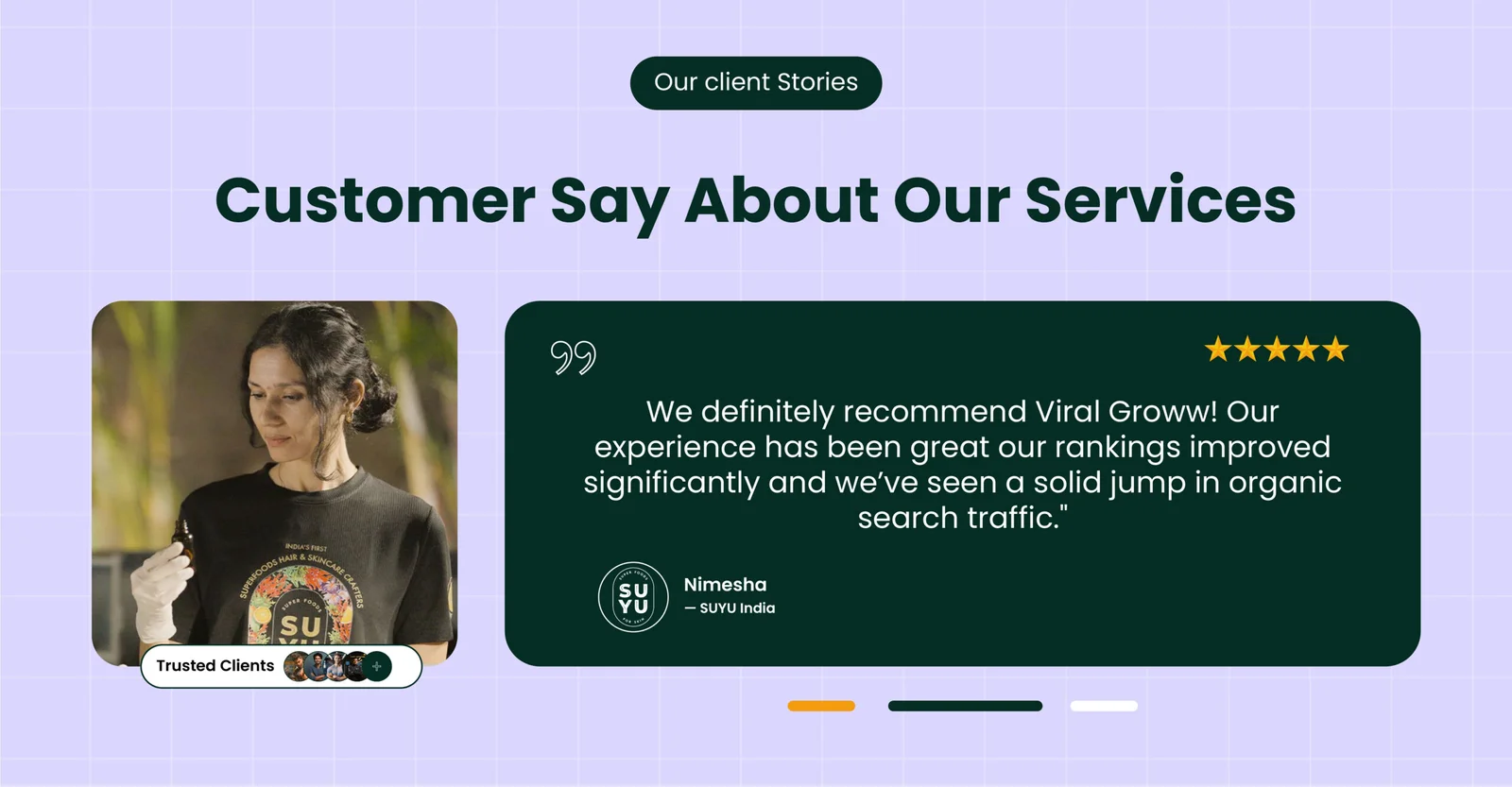
How We 2.5X’d Organic Traffic for SUYU India in Just 5 Months by Following Our White Hat SEO Framework
SUYU India was born with a clear vision—to bring superfood-powered skincare into the Indian market. Co-founded with a deep belief in sustainability.

Scaling a Sexual Wellness Brand with SEO – How We Did It for Ecstasia
Ecstasia is a sexual wellness D2C brand started by Prakhar Raj and Hamid Iqbal in December 2024. Prakhar, a school friend of mine, works in a corporate job but has always wanted to start his own business.
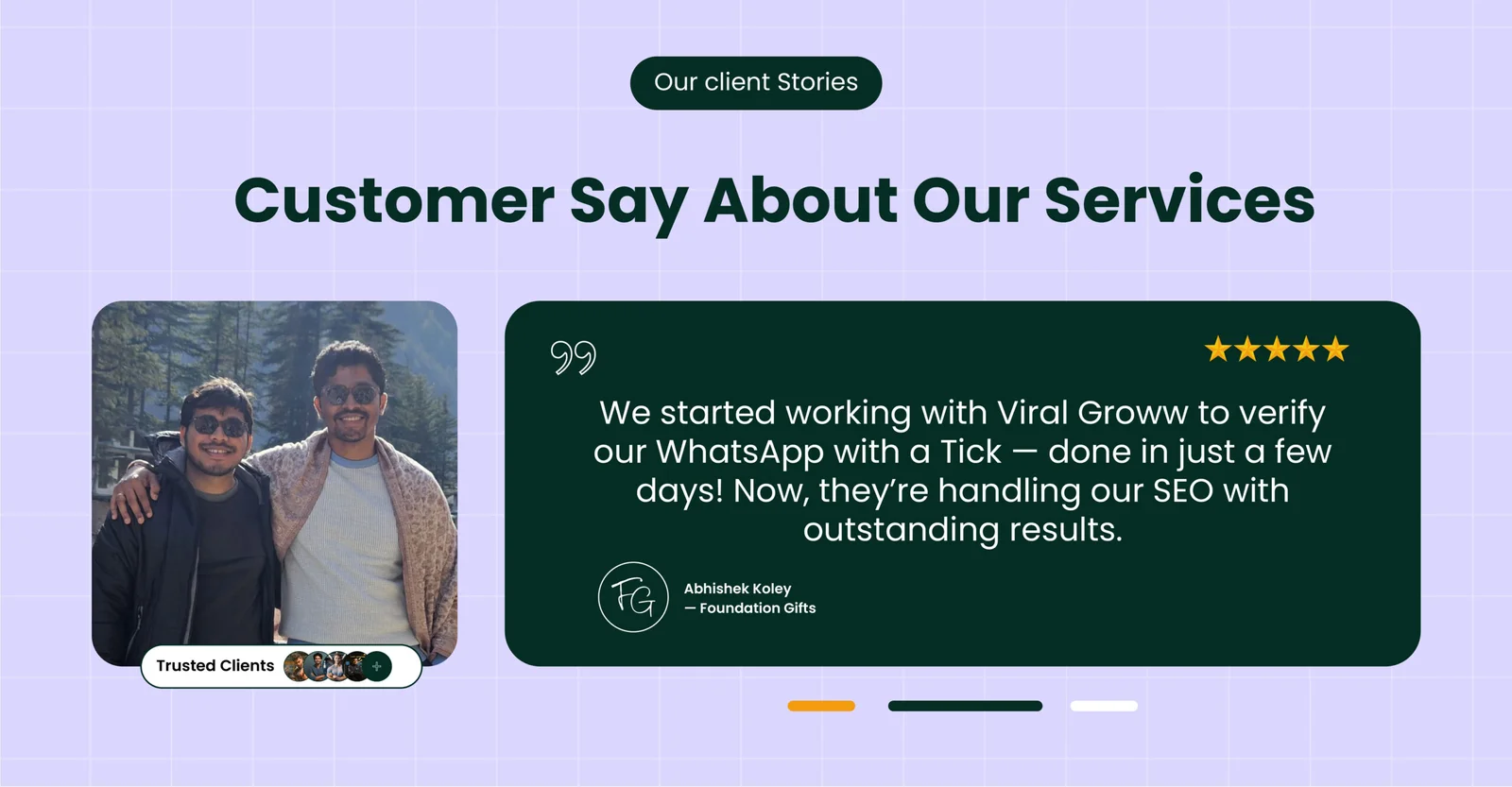
How we got 8.7X Impressions for a gifting D2C brand within 3 Months by doing White Hat SEO
Foundation Gift was started by Rakesh Adak and Abhishek Koley with a simple idea — gifts should feel just as special as the moments they celebrate.
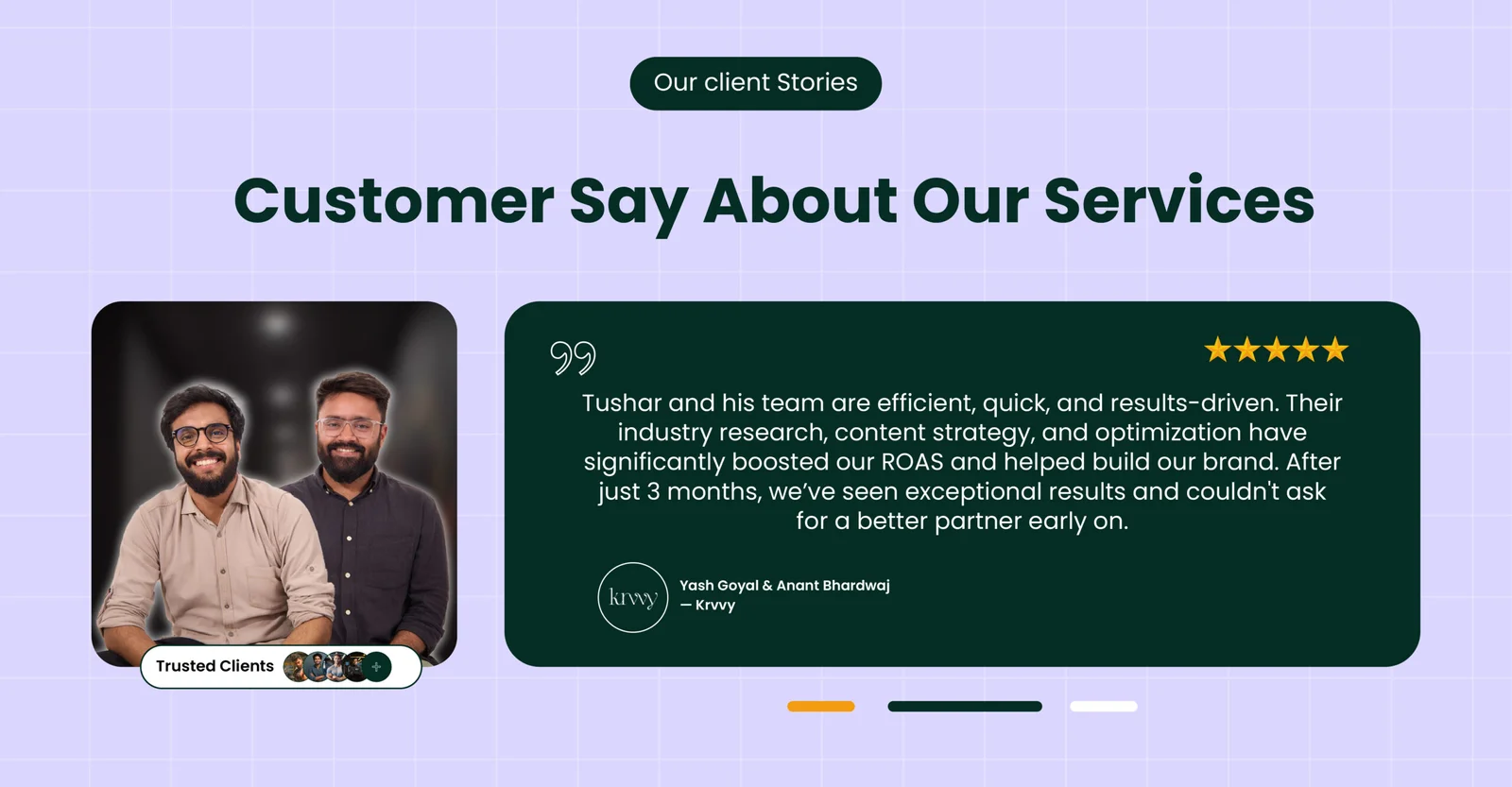
Scaling a Lingerie Brand to 7-Figure Sales in Just 75 Days—Proof Inside!
Krvvy is a modern, forward-thinking lingerie brand committed to redefining comfort and functionality. Designed to elevate the lingerie experience, Krvvy celebrates the beauty of all women, embracing and admiring every curve.
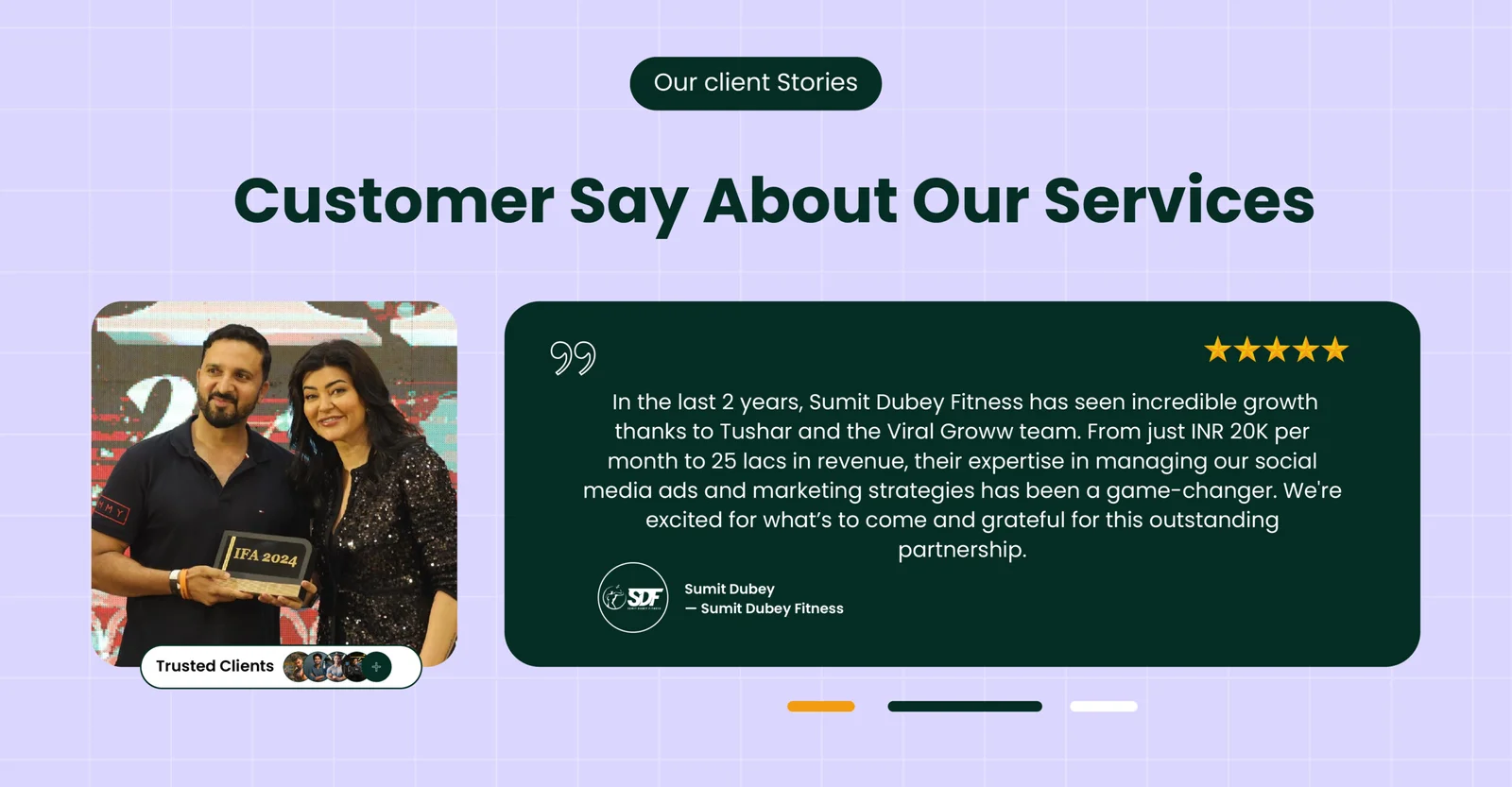
How Sumit Dubey Fitness Classes Transformed into a Fitness Empire with Strategic Digital Marketing
Sumit Dubey Fitness Classes, founded by Sumit Dubey, provides online fitness training with a personalized touch.
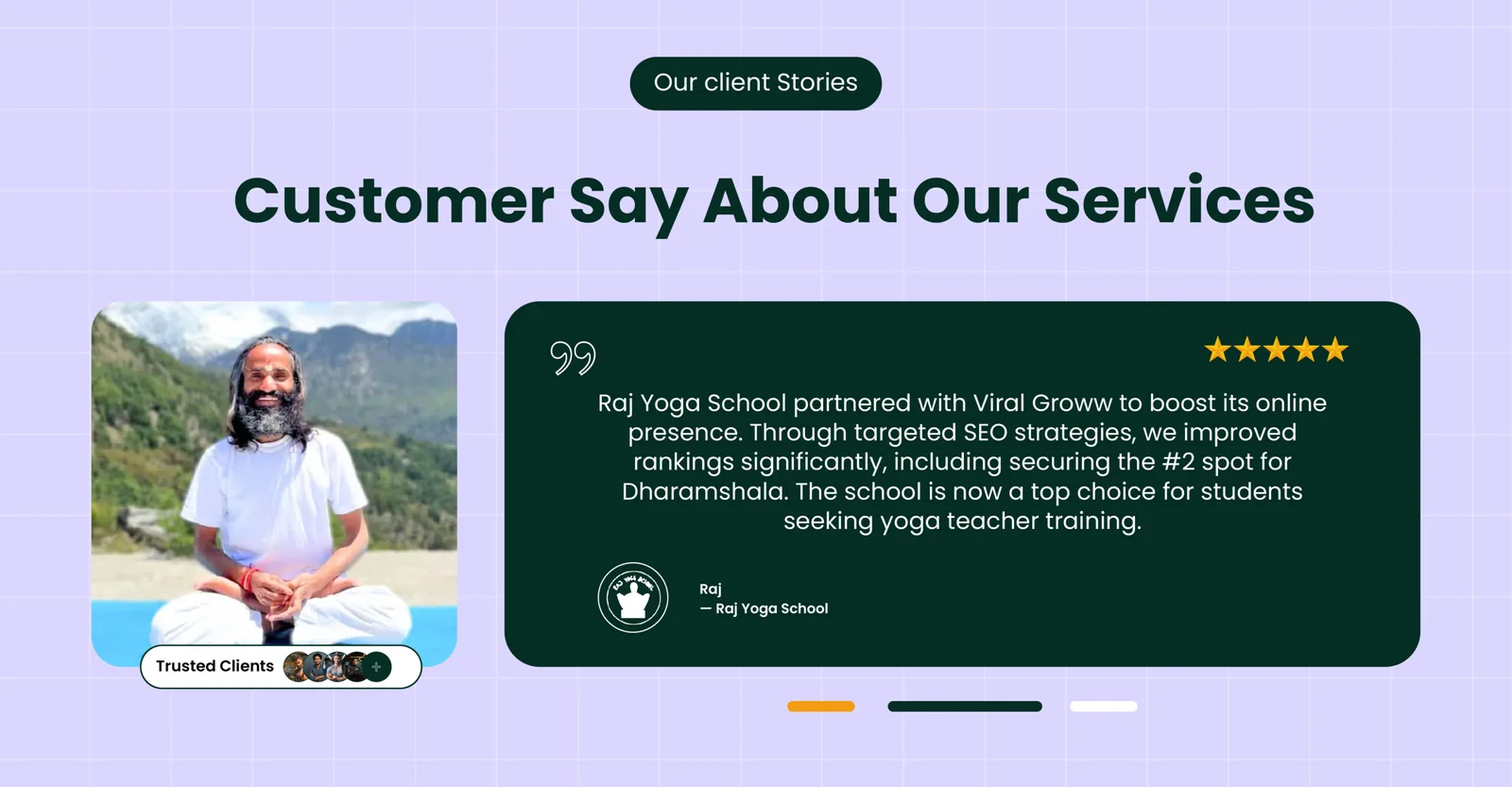
Raj Yoga School’s Journey to the Top of Search Rankings
Nestled between the tranquil peaks of the Himalayas and the sun-kissed beaches of Goa, Raj Yoga School has been a sanctuary for aspiring yoga teachers in India.
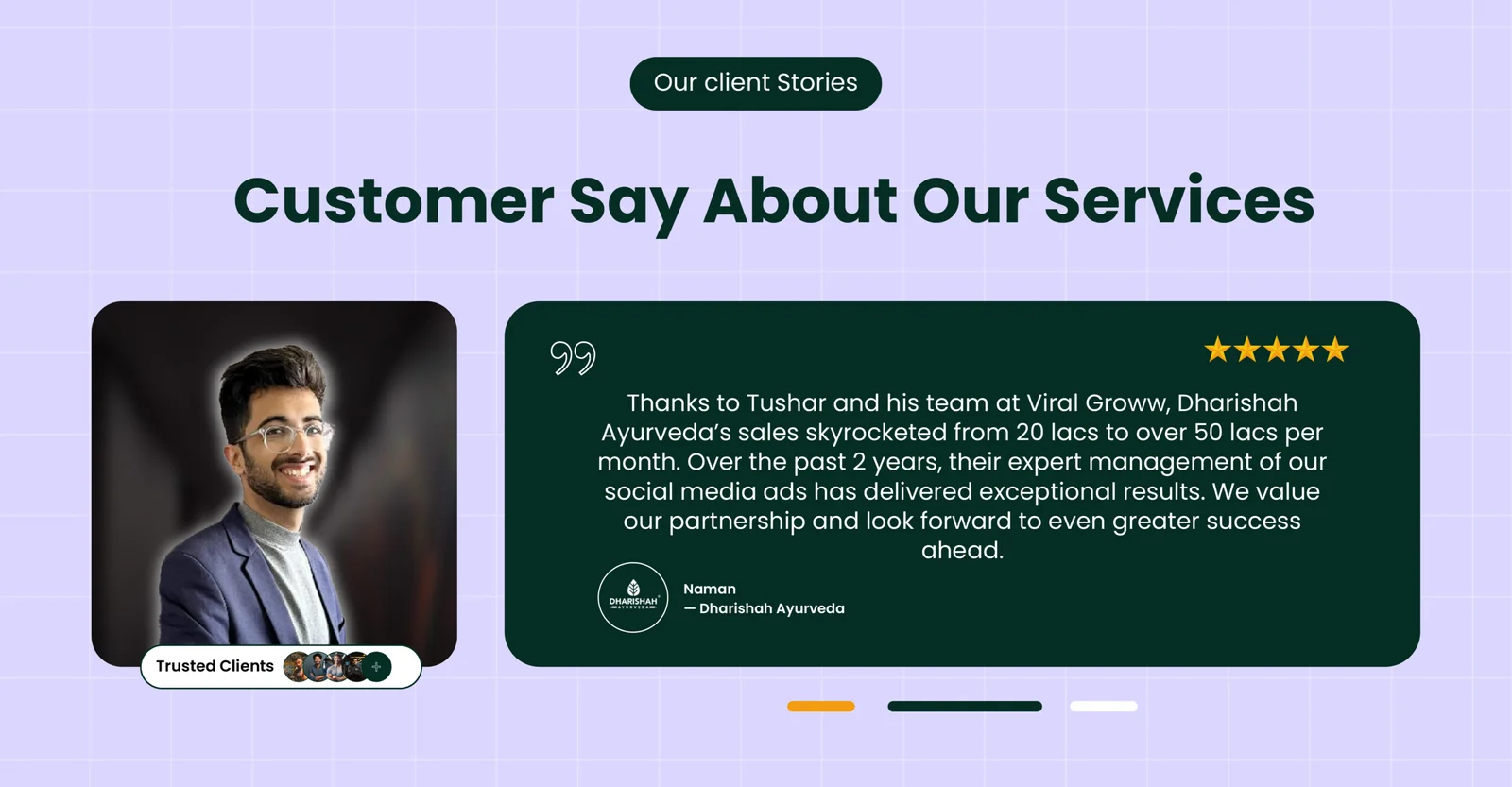
Scaling Dharishah Ayurveda from ₹20 Lakhs to ₹50 Lakhs in Monthly Sales
Dharishah Ayurveda, a promising Ayurvedic brand, had already seen growth through performance marketing, scaling from ₹2 lakhs to ₹20 lakhs in monthly sales (covered in a previous case study).

Building Trust and Revenue for Dharishah Ayurveda with Scalable Facebook Ads
Dharishah Ayurveda, led by CEO Naman Dhamija, is a premium Ayurvedic brand dedicated to promoting natural wellness.
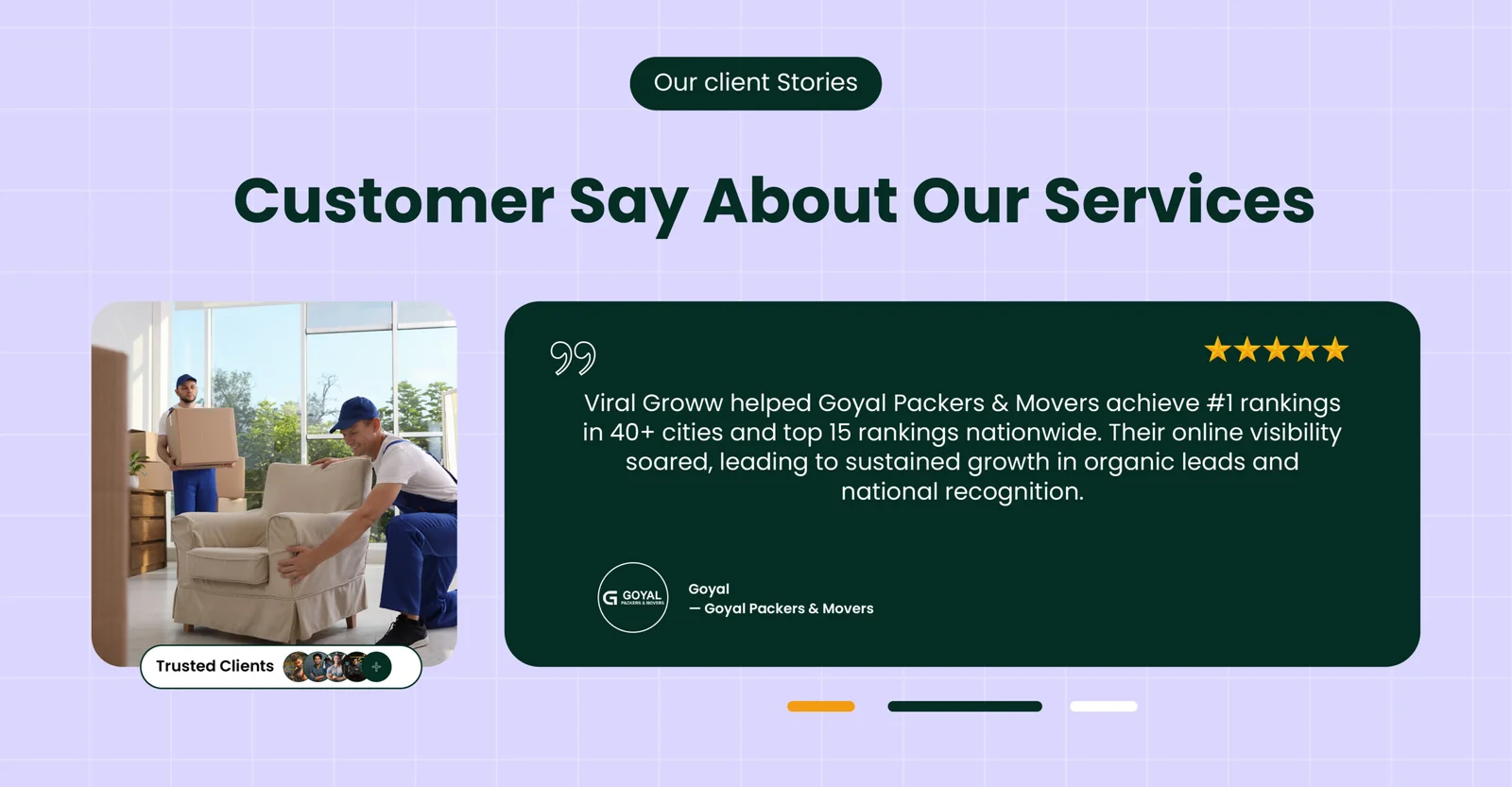
How Goyal Packers & Movers Skyrocketed to #1 in 40+ Cities with White Hat SEO
Goyal Packers and Movers India, owned by Mr. Sampat Singh, is one of the most preferred packers and movers across Northern India, offering exceptional shifting services.





